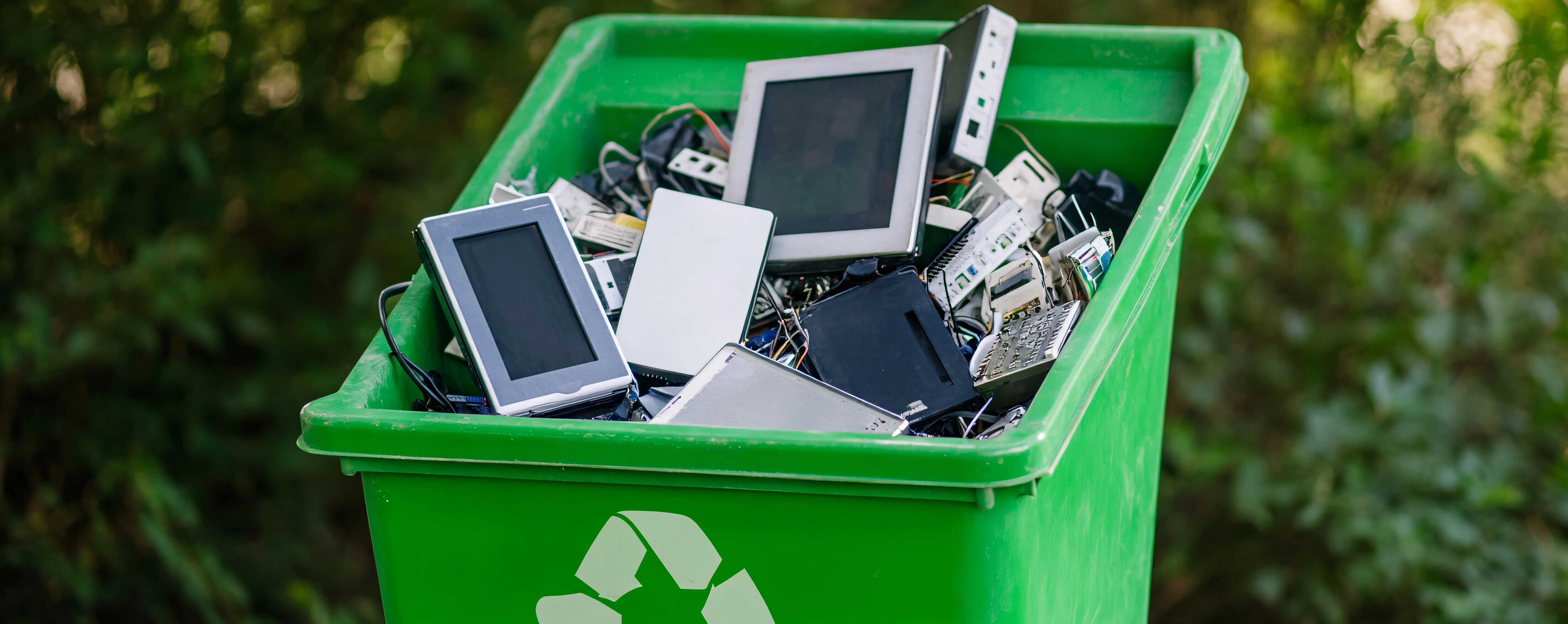)
Moving presents a perfect opportunity to declutter and eliminate items you no longer need. However, one category of junk requires special attention: e-waste. This term encompasses electronics that are broken, nearing the end of their usable life, or simply unwanted, think computers, televisions, and stereos. Disposing of e-waste irresponsibly can pose serious environmental risks, as these items may release toxins that can leach into soil and water supplies or contaminate the air when burned. As you prepare for your move, it's essential to know how to responsibly dispose of e-waste. In this guide, we'll explore the best practices for handling these items, ensuring a safer and greener relocation with the help of professional movers and packers.
E-waste, or electronic waste, refers to discarded electrical and electronic devices like computers, smartphones, televisions, and appliances. These items often contain hazardous materials such as lead, mercury, and cadmium, which can harm the environment and human health if not disposed of correctly.
Exposure to e-waste can lead to serious health issues, including:
As you prepare for a move, you may find old or broken electronics in your attic or garage or consider upgrading your devices. While you hope nothing gets damaged during the move, accidents can occur. When relocating, it's important to dispose of e-waste responsibly. Here are some effective options to consider, especially with the help of movers and packers:
Here’s how to pack responsibly, especially with the assistance of professional movers and packers:
1. Disassemble components: Start by detaching any removable parts, such as cables, cords, and batteries. Wrap each component separately to avoid damage during transit.
2. Use original packaging: If available, use the original packaging for your electronics, as it’s specifically designed to protect the device. If not, opt for sturdy boxes and wrap the items in bubble wrap or packing paper for added cushioning.
3. Secure everything: Make sure all wrapped items are fully covered and use packing tape to secure the wraps in place. This prevents movement and potential damage.
4. Transport with care: Keep boxes upright during transport, securing them in your vehicle to prevent shifting. Professional movers and packers can provide specialized services to handle your electronics, ensuring they are loaded and unloaded safely.
By following these steps and employing professional movers and packers for safe and organized moving, you can minimize damage to your electronics while reducing your e-waste footprint during the moving process.
